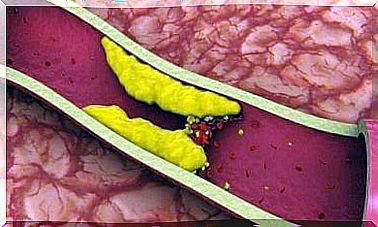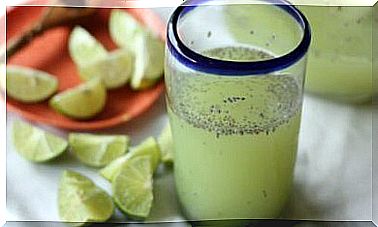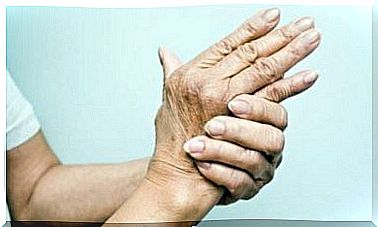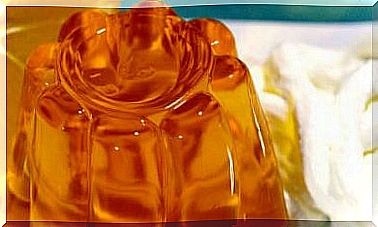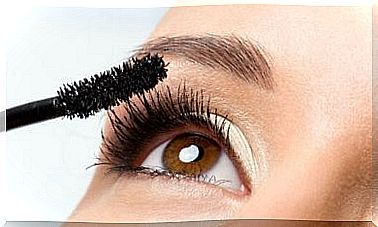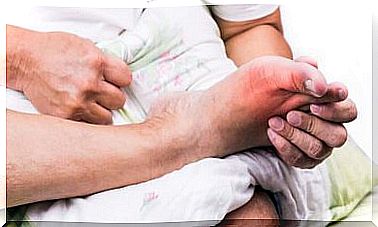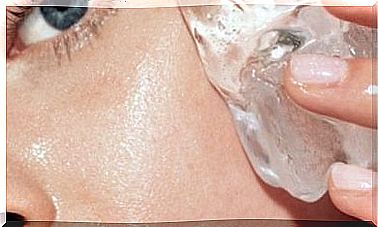What Environments Favor The Spread Of The Coronavirus?
A group of researchers led by Dr Akiko Iwasaki has reported that certain environments favor the spread of the coronavirus. More specifically, cold, dry air creates conditions that increase the risk of contamination and decrease the body’s ability to respond.
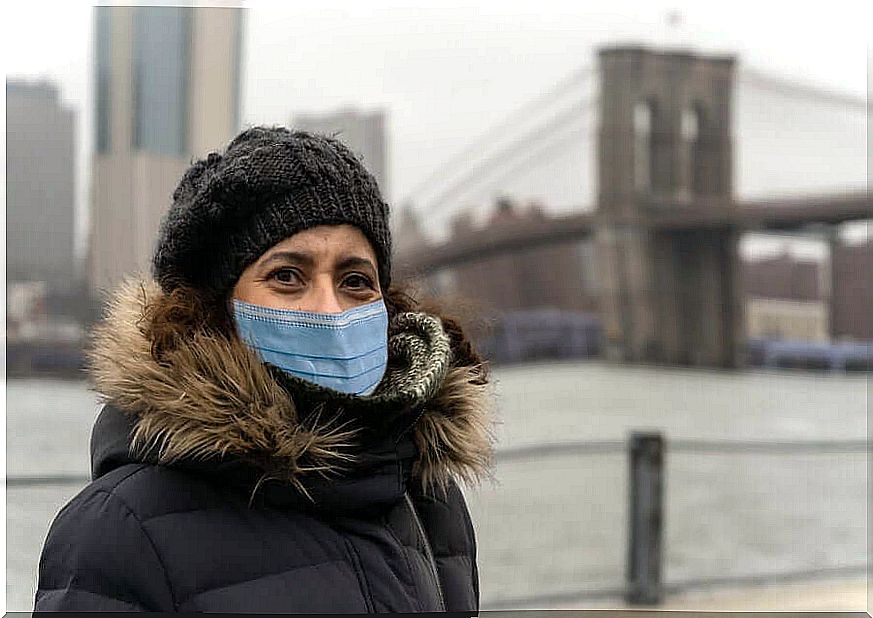
Recent research in the United States reported that certain environments favor the spread of the coronavirus. Contrary to what the specialists envisaged in recent weeks, the dry cold is a crucial factor of contamination.
If the dry cold is an important factor in the spread of the virus, then the number of cases can be expected to decrease in the northern hemisphere with the onset of spring. However, the change of season is not enough. According to the mentioned study, this crucial factor may be present in households.
Since some environments favor the spread of the coronavirus and others slow it down, the ideal would be to increase the humidity level in homes and buildings as a preventive measure to reduce the spread of the virus.
The environments that favor the spread of the coronavirus

A recent study from Yale University concluded that certain environments favor the spread of the coronavirus. Concretely, environments where dry cold predominates would be ideal for facilitating contamination. Conversely, hot and humid environments help to slow the spread of the virus.
There are still many unanswered questions on the subject. Still, for most scientists, it’s obvious that the cold, dry winter air promotes the spread of SARS-CoV-2, the virus that causes COVID-19. This environment, they say, helps the infection spread more quickly between people.
Biologist Akiko Iwasaki, director of the study, reported that since ancient times, respiratory diseases have been known to increase in winter. And that they decrease in spring and summer. And it is known that this is due to the fact that cold, dry air promotes the spread of a virus.
Outdoor humidity and indoor humidity, environments that slow the spread of the coronavirus
Yale scientists have reported that when the air outside is cold and dry, the interior of homes heats up. Consequence of this: the relative humidity in a home or a building reduced by about 20%, thus promoting the spread of the coronavirus.
Hot and dry environments are also not conducive to the proper functioning of the airways. Already, because the dry weather favors the spread of the virus. Then, in such an environment, the cilia of the airways are not able to function well. These cilia cover the airways and help expel virus particles.
And if that weren’t enough, in a hot, dry environment the immune system loses its ability to respond to pathogens. The researchers then conclude that environments of this type constitute a risk factor on three fronts simultaneously.
Some experiences and other data
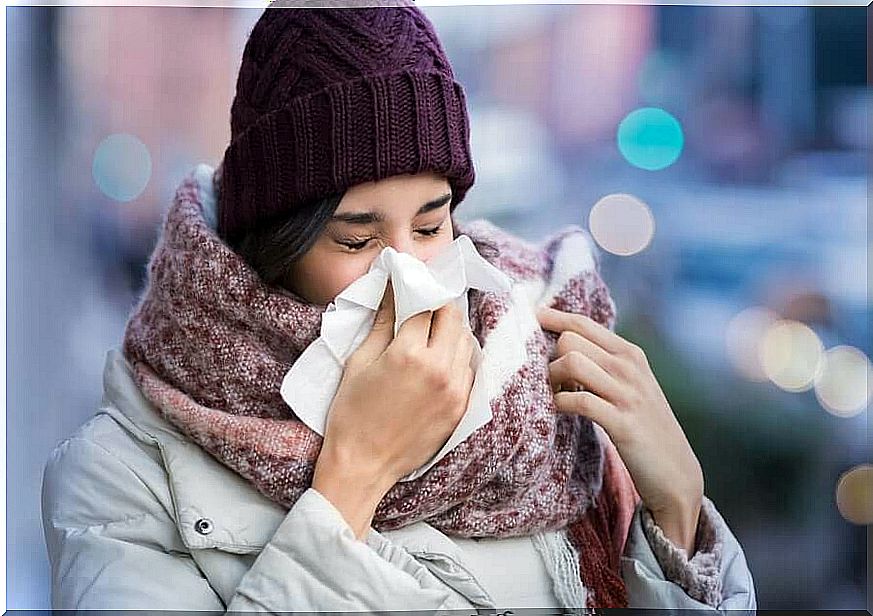
Yale researchers cited a few lab experiments performed on mice. These experiments led to the following conclusion: the contamination capacity of mice contaminated with a respiratory virus was greater in low humidity environments.
On the other hand, mice that lived in environments with a relative humidity level of 50% were able to generate more robust immune responses. They therefore managed to expel the inhaled viruses. A similar effect occurred in environments where the humidity was between 40% and 60%.
However, researchers have reported that in tropical countries with high relative humidity, droplets released by contaminated people can stay on surfaces longer. If you add to that lack of ventilation and overcrowding, then the benefits of humidity are lost.
Preventive measures
Scientists have insisted that these findings apply only to transmission of the disease through aerosols, that is, via droplets of respiratory secretions that an infected person expels when coughing, talking or sneeze. The ideal is then to adopt three measures in particular.
The first is to use a humidifier at home during the winter. This can help reduce the spread of the virus. However, for this measure to be effective, good ventilation and a low population are necessary conditions.
Also, it is important to understand that humidity alone does not prevent contamination. It is possible to transmit the virus at any time of the year through close contact and through contact with surfaces on which the virus is present. Therefore, quarantine and hand washing remain important measures.
